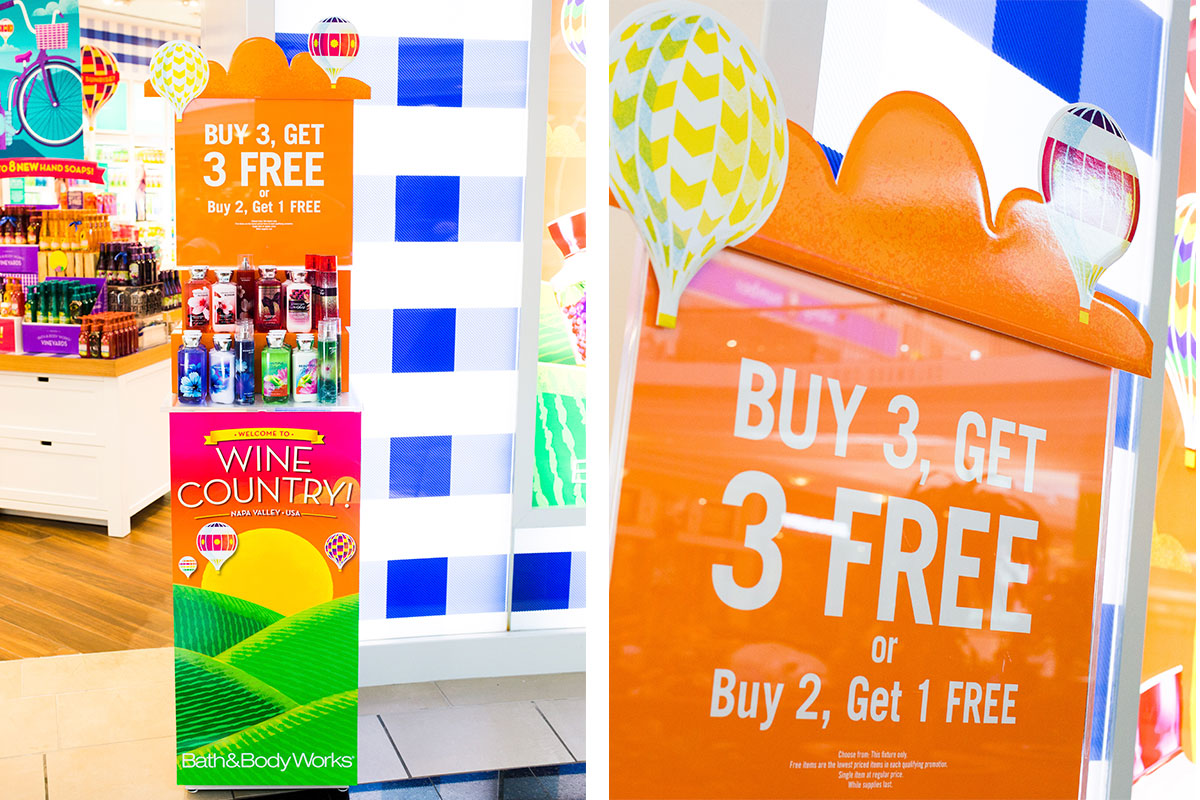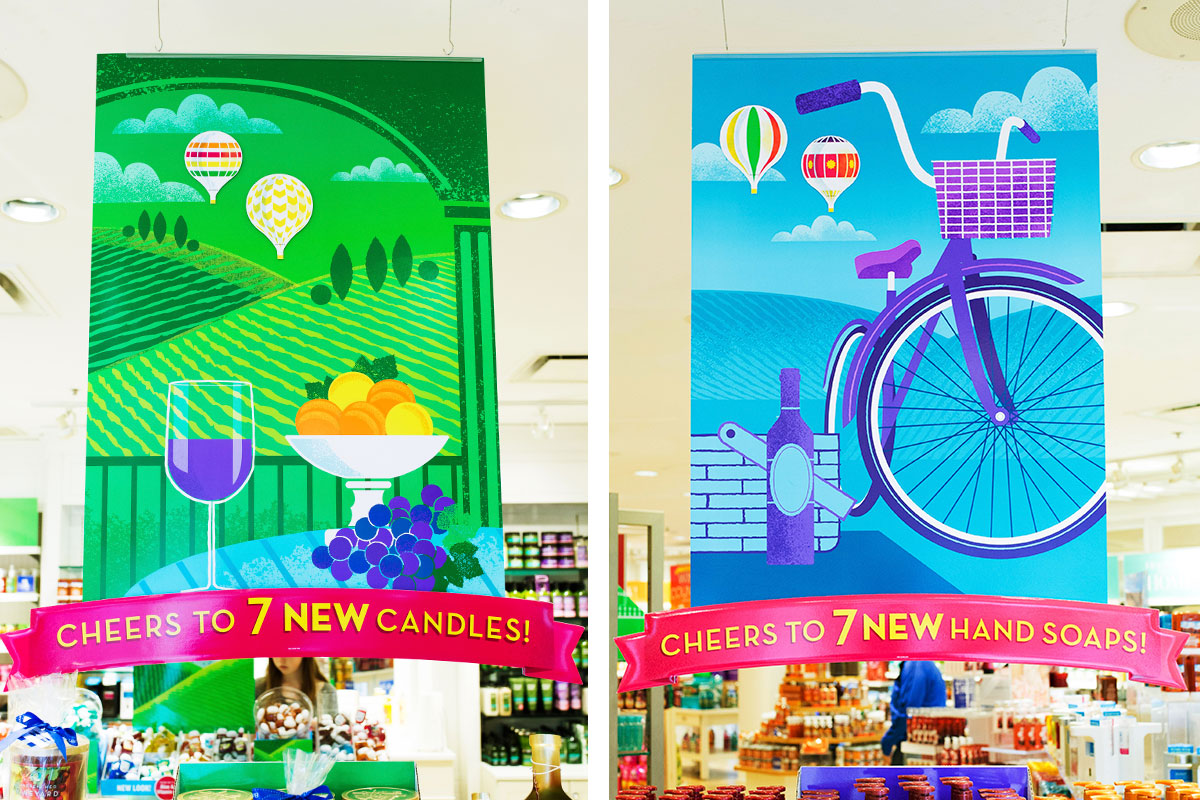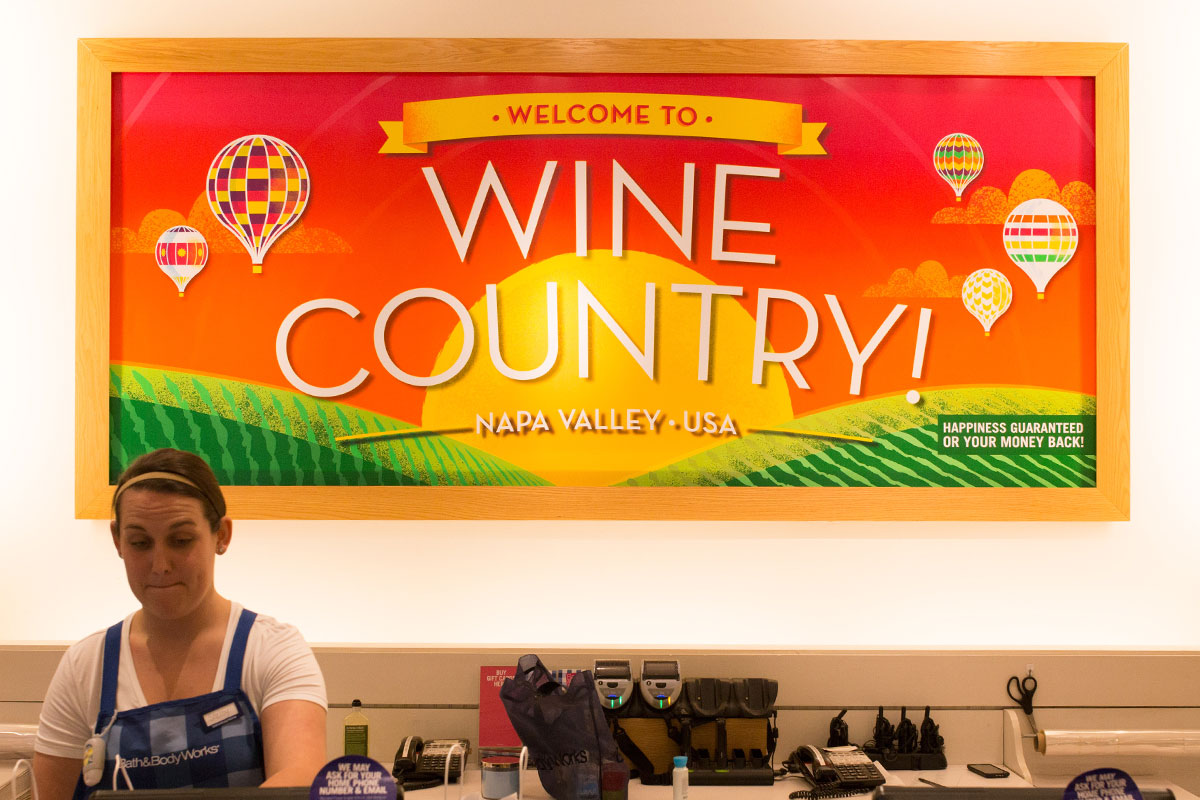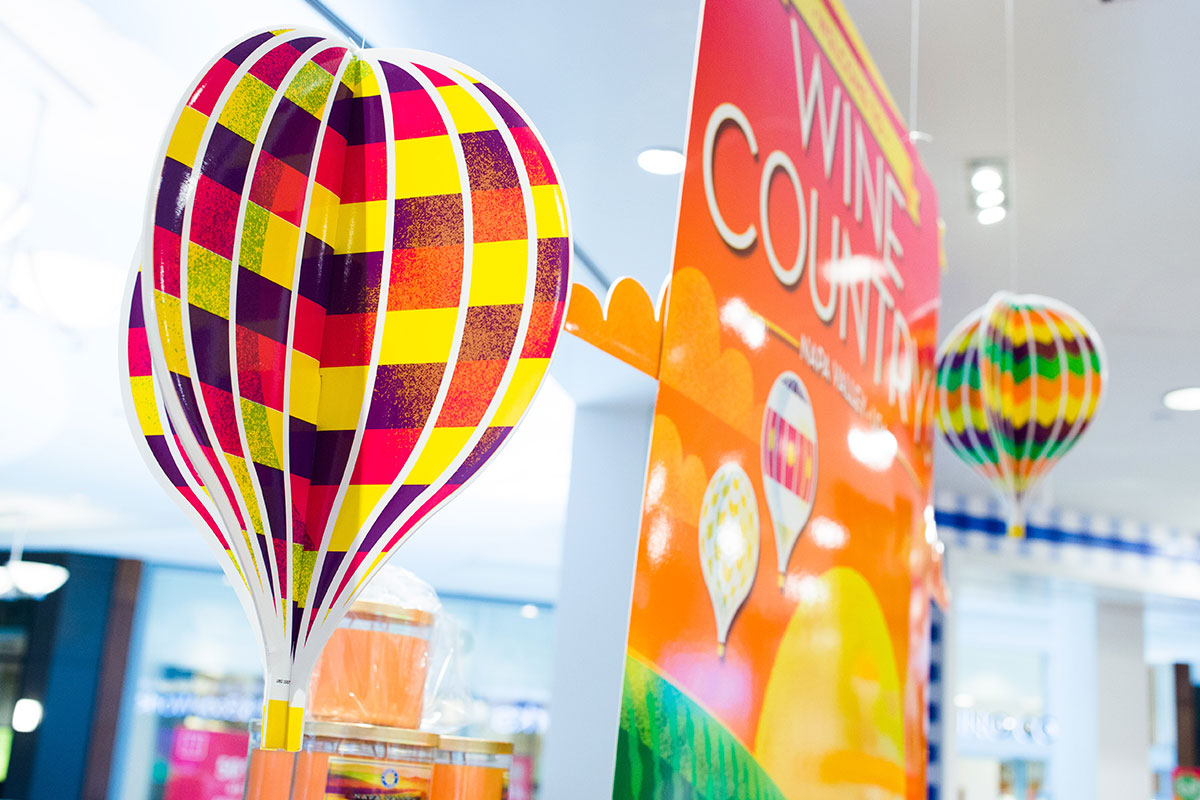As a designer I’ve had the good fortune to design, rebrand and launch entirely new companies with an identity that literally reaches millions of people. It’s an incredibly gratifying and humbling experience. They are the kind of experiences you dream about when you run a small design consultancy.
However, for as many opportunities we’ve been given to provide jaw-dropping creative services, we’ve also been slack-jawed at the number of opportunities that have eluded us. And it’s a problem that all of us in the creative community face. And often we lose not to the wrong agency or competitor, but to the wrong tactic: spec work.
Considering that creative firms bank their reputation on producing compelling design assets for clients that enhance brand value, it shouldn’t be surprising that many come to the pitch table or respond to the bid or RFP with fresh ideas and designs. After all, this is what most prospective clients really want. They are eager to get to the destination, even if it means a shortcut in the journey and discovery process.
And that is the real issue at hand: spec work devalues the strategies that we, as creatives, proclaim. Or put another way, getting something new or getting there fast should not trump getting something right.
Worse yet, spec work suggests that having an in-depth conversation to understand the need for change, what’s working and not working, and doing a deeper strategic dive on what will resonate with key audiences is somehow not necessary. Good design is always about solving problems. Coming to the table with solutions in-hand says to the client that their unique problem is unimportant, that their experience with the brand doesn’t matter, and that a solution can be found without collaboration between client and creative.
But here’s what we do know:
Ineffective creative will only lead to the desire for different creative. And anyone who has been in this situation will likely agree – that’s not a good use of time, talent or resources.
Changing this is the responsibility of parties on both sides of the table. Here are three practical considerations that can help both the agency and the organization seeking creative services.
- Organizations shouldn’t ask for or require spec work. Organizations that are issuing a request for creative services should avoid asking for creative expressions to their challenges before they’ve shared the depths and data of the problem. Instead, ask creatives how they solved similar problems using real client examples. By understanding the context of a problem and the solution applied, organizations will have a better understanding of how any firm goes about solving problems.
- Creatives gain more by avoiding spec work. Proposals are a time-intensive endeavor for everyone. Cutting spec work does two things: eliminates time involved in creating mock solutions without a full understanding of the problem; and prevents prospective clients from being seduced solely by style rather than substance. In order for good design to work, it must be more than simply good looking.
- Know thy bidder – and vice versa. Organizations should do their homework and have an idea of the talent they want to attract to their assignment and who they think might be a good match. Also, while creatives enjoy stretching their wings, doing so in an RFP is far from ideal. Rather, focusing on a relevant pitch highlighting a track history of success is one that begs to be noticed and makes it easier to land on the short list of finalists.
If organizations and creatives are willing to commit to a strategic process that supersedes the shiny new thing, then solutions – as well as relationships – are more likely to stick and provide a real return on investment.































